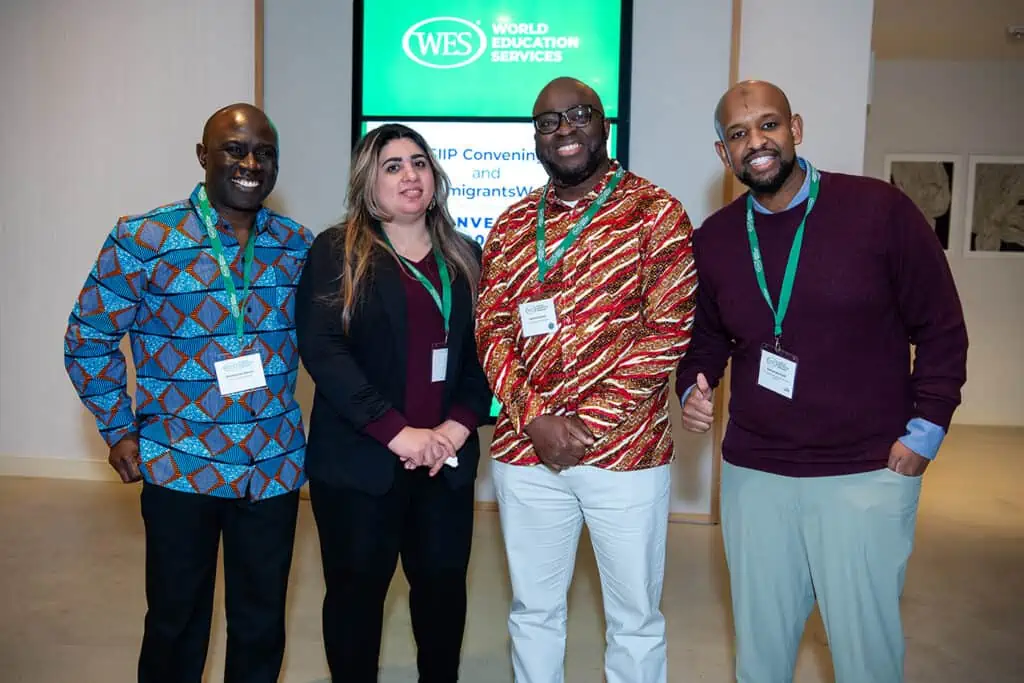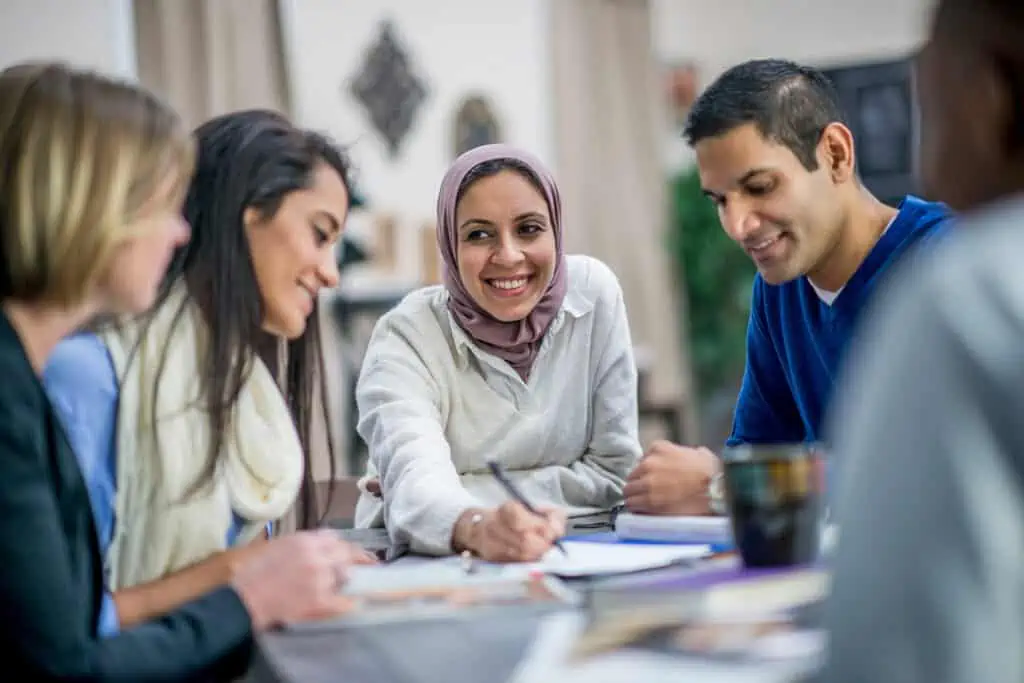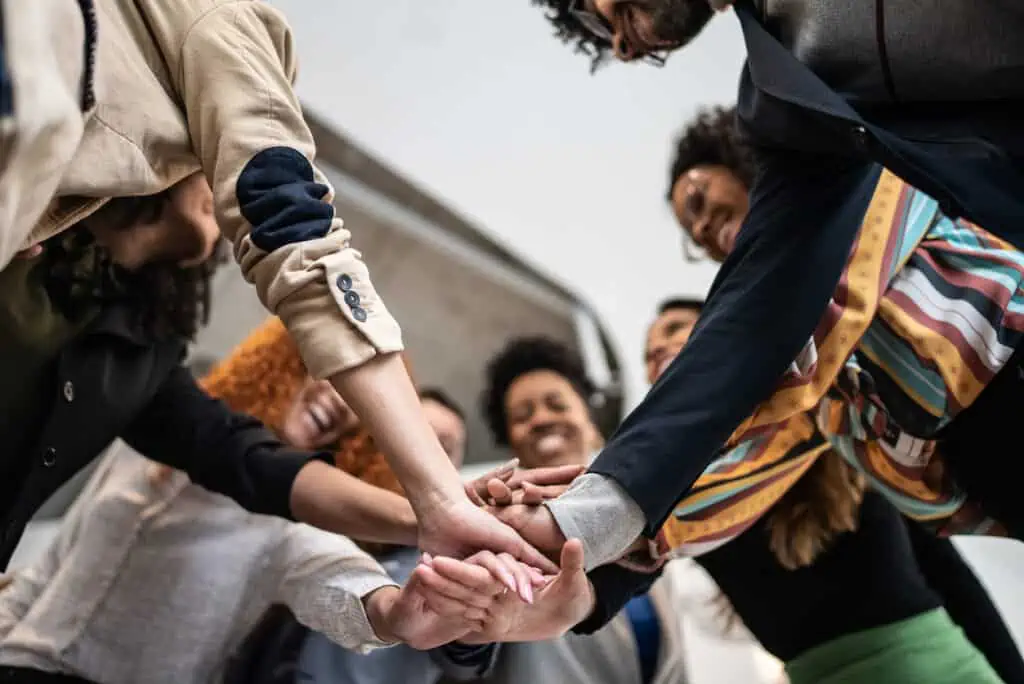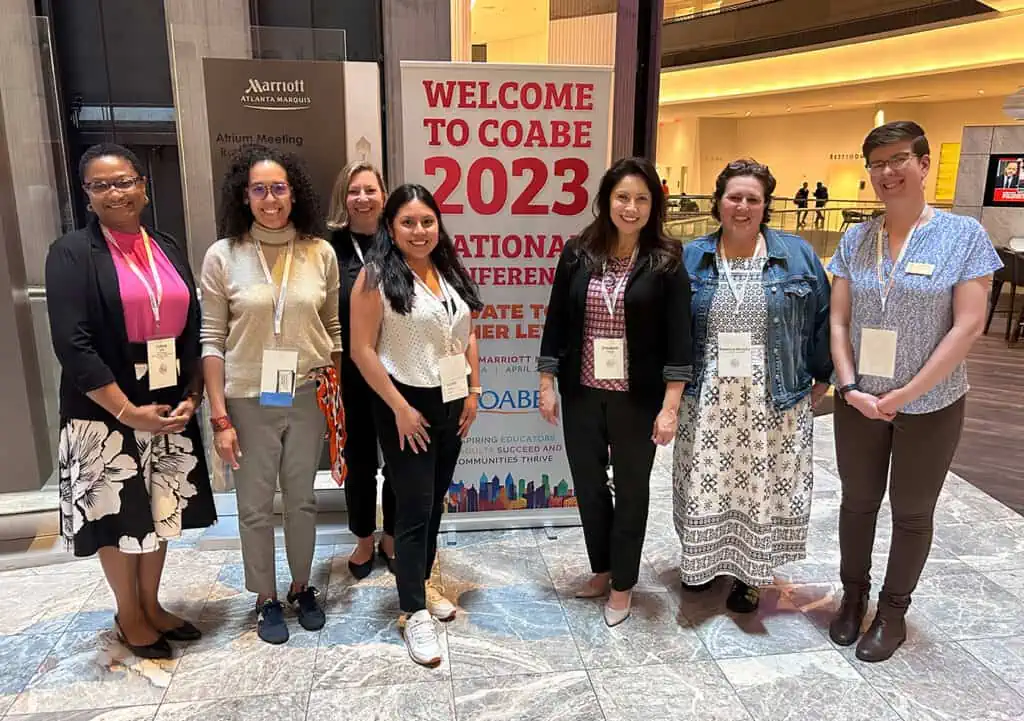Impact of Language on Shifting Public Discourse on Immigration
Photo: The 2018 conference of the WC2 University Network at Ryerson University. Photo by Aurore Hochard.
There is a felt shift in the public discourse on immigration across North America as ‘irregular migration’ joins our common lexicon and immigration increasingly becomes a topic of debate.
The Honourable Ratna Omidvar, C.M., O.Ont., independent senator for Ontario in the Senate of Canada, and John Ralston Saul, C.C. O.Ont. spoke at the opening plenary of the annual conference of the WC2 University Network at Ryerson University. The discussion opened minds as the speakers pointed to the impact of language on public opinion on immigration and the shaping of Canada’s multiculturalism.
Omidvar opened with reference to Chimamanda Ngozi Adichie: “There is danger in being held hostage to the single story,” noting that the hero narrative for immigrants can do a disservice to shaping positive opinion on immigration. Those who need convincing perhaps need to better understand the story of immigrants in familiar framing as everyday citizens, neighbours, classmates, and coworkers.
Omidvar struck a call to action: “Use stories to fight emotion and misconception around migration: immigrants as ordinary people.”
As values and thought change, so too does the language to express it. Omidvar pointed to a “whisper campaign” that happened in Toronto years ago to shift the naming of skilled immigrants from ‘foreign trained’ to ‘internationally educated.’ She suggested the next logical language shift is in the term ‘visible minority’. This is a particularly inaccurate representation of residents in cities near Toronto like Brampton where 73 percent of residents are non-white. A demographic considered the ‘visible minority’ is now in the majority in this community.
Saul carried on this call saying, “We need a real debate about ideas and language that will carry the public debate.” From his perspective, the discourse around “fear and exclusion” is outpacing that of inclusion and integration. The public debate comes down to culture, and how we conceptualize belonging and what it means to be a citizen. He suggests that an economic debate around immigration will not shift the conversation: “we need to enable people to experience the culture and have their own process in which the idea of who they are changes and morphs.”
Saul pointed to the Cultural Access Pass as a means to reshaping what Canadian culture can be: it can have multiple personalities to include many new identities. It is citizens who reinvent what the culture is; and we have the necessary job of producing language that reflects this new reality. Culture is continuously being reinvented, but the language still lacks.
It is now up to you, to us, to members of this sector, to begin shifting our use of language that moves toward a reality that embraces complexity and reflects the multiplicity of a culture that welcomes and integrates new views to shape the concept of citizenship and belonging.
Click here for more from WES Global Talent Bridge.





